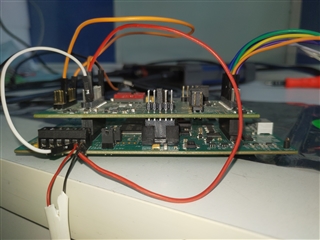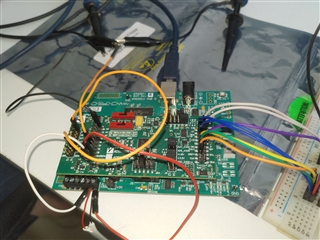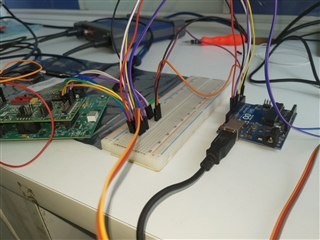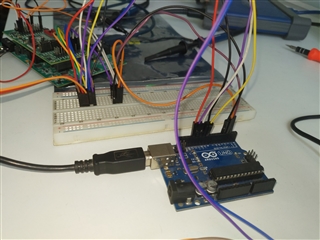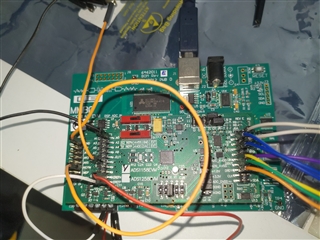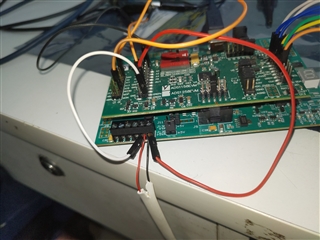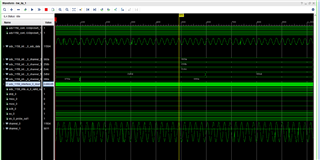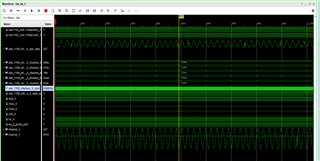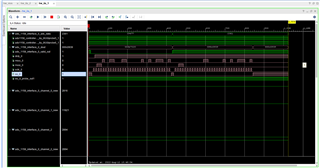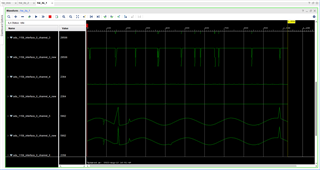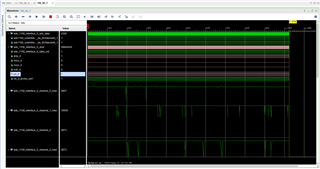Other Parts Discussed in Thread: ADCPRO
I am trying to control ads1158 module with a arduino, and i have tied the START pin to high, i want to use it in "channel read command" and "auto-scan mode", but the current problem i am facing is that the DRDY remains HIGH all the time when the device is powered-on. i am using the device in default configuration. Please guide me.
Thankyou



